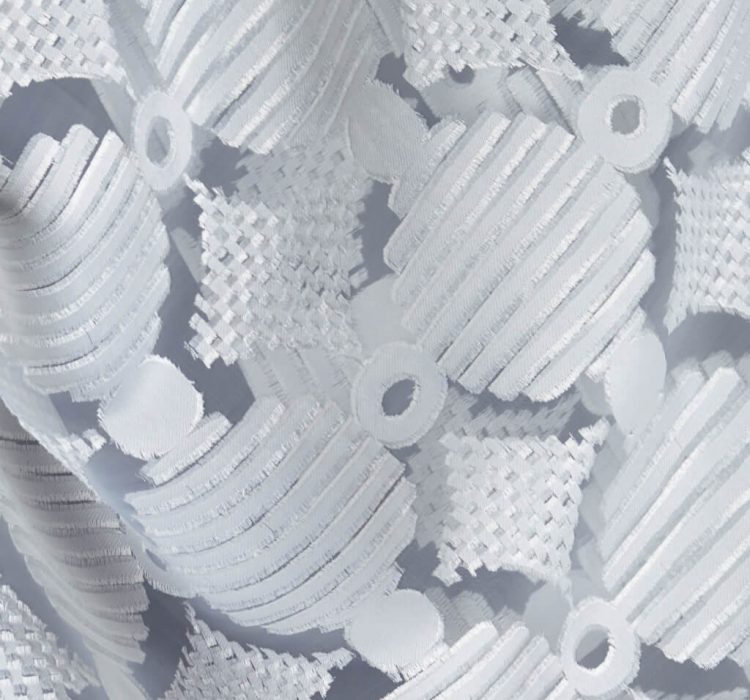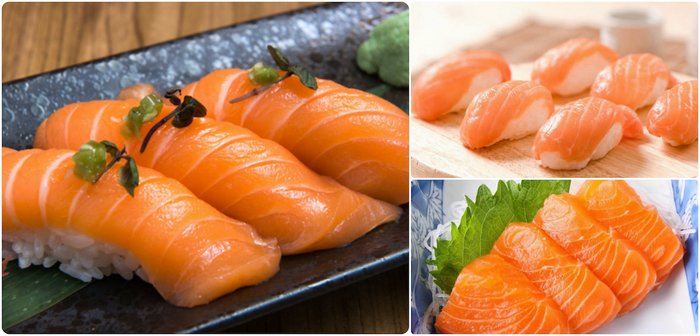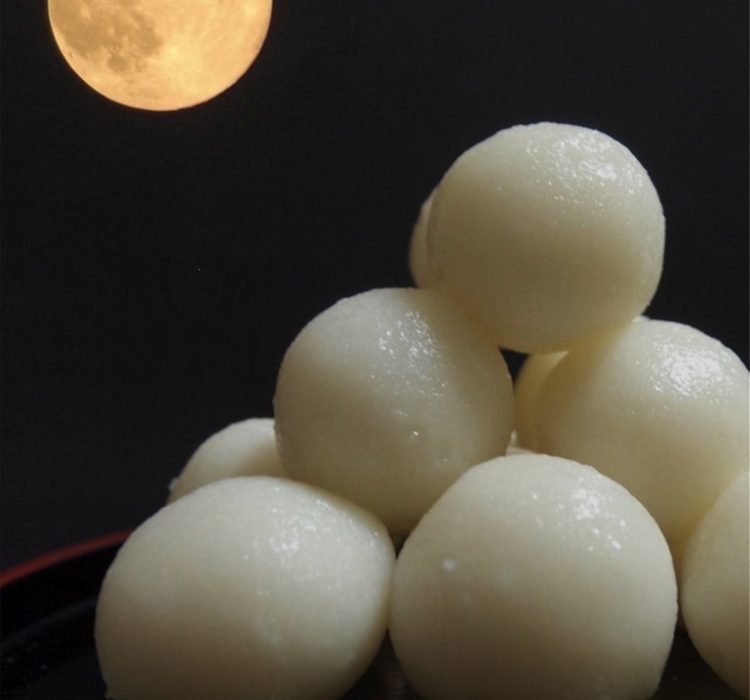
Dec.23
Kumejima, the Discreet Island by Pen
Dec.23
Despite being far less visited than the other islands of Okinawa, Kumejima offers natural treasures and invaluable craftsmanship. When travellers think about the island of Okinawa, it’s the eponymous island that comes to mind first, or the traditional Taketomi. Kumejima, however, which covers an area of 59 km2 and has 8000 residents, has its fair share…

Dec.18
‘Ama, the Breath of Women’, a Feminist and Family-Orientated Odyssey by Pen
Dec.18
Through the initiation story of a young city dweller, this graphic novel pays homage to the community of the ‘women of the sea’. Japan in the late 1960s. Nagisa, a young, chaste Tokyoite, meets her aunt Isoé on Hegura Island to escape from her past and family dramas. Far from the frantic pace of life…

Dec.11
An Encounter with the Last Shamans in Japan by Pen
Dec.11
Sociologist Muriel Jolivet’s book offers an analysis combined with a travelogue and interviews with these women with supernatural powers. They are known as the itako, yuta or noro. They are dispersed all over Japan, from the northern island of Hokkaido to tropical Okinawa and the urban environment of Tokyo. These shamans, all of whom are female, possess special powers…

Dec.04
‘Mononoke’, an Inventory of Strange Creatures by Pen
Dec.04
In this book, Shigeru Mizuki offers an artistic interpretation of these supernatural beings found in Japanese legends. They are known as Bakki, Waira, Zan and Tenaga Baba, and they take the form of an ogre, a strange beast, a mermaid or a witch with white hair. Sometimes they live in lakes and sometimes in the…

Nov.27
‘Tokyo City Guide’, the Japanese Capital Seen Through the Eyes of Louis Vuitton by Pen
Nov.27
The reader is immersed in the enormity of a chameleon city, from contemporary architecture to the ancient art of the Asakusa district. Since 1998, Louis Vuitton has been sharing his nomadic spirit through his City Guides. Eagerly awaited each year and met with high acclaim from travellers all over the world, they reveal the spirit of…

Nov.13
Reiko Sudo’s Textile Revolution by Pen
Nov.13
This textile design company that calls upon the skills of traditional weavers and dyers is now being celebrated in a book of photographs. Published in 2021, the book Nuno, Visionary Japanese Textiles showcases over 300 creations from the company Nuno (‘textiles’ in Japanese). Founded in 1984 by designers Junichi Arai and Reiko Sudo, it built up a…

Oct.20
Elizabeth Andoh: A Taste of Culture – Salmon・鮭・saké・Sāmon・サーモン
Oct.20
The Japanese have been eating salmon (saké) for thousands of years, though historically it was consumed cooked, never raw. Eating fresh, raw salmon is a recent phenomenon, only a few decades old, in fact. The meteoric rise of raw salmon to the number one topping for sushi in Japan is due to a (highly successful)…

Sept.22
Ikebana: Natural Harmony on Mazda Stories by Steve Beimel
Sept.22
She is Mazda Colour and Trim Designer Mai Utagawa. He is ikebana artist Mario Hirama. In a perfectly proportioned, uncluttered corner room in a post-and-beam house built with wood joinery in the hills of Kobe, Japan, the two have come together to explore the concept of space as they create an ikebana flower arrangement. Soft…

Sept.18
Elizabeth Andoh: A Taste of Culture – HARVEST MOON DUMPLINGS 中秋の名月 お団子
Sept.18
Though the moon waxes and wanes every month, chūshū no meigetsu, literally “moon of the middle autumnal month,” is considered special. Perhaps because it coincides with harvesting — indeed in many cultures it is referred to as the Harvest Moon. This year (2022), the Harvest Moon falls on September 10. Eating tsukimi dango (chewy rice dumplings) is among…

Sept.05
Elizabeth Andoh: A Taste of Culture – CHAMPURU a Happy Hodgepoge
Sept.05
NHK (Nippon Hōsō Kyōkai), Japan’s national broadcasting system produces and transmits television and radio shows of all sorts. One of their longest-running programs is a soap-opera like drama shown in 15-minute segments on weekday mornings. Each novella story unfolds over several months’ time. Known affectionately as Asa Dora (Morning Drama) it is often the vehicle…










